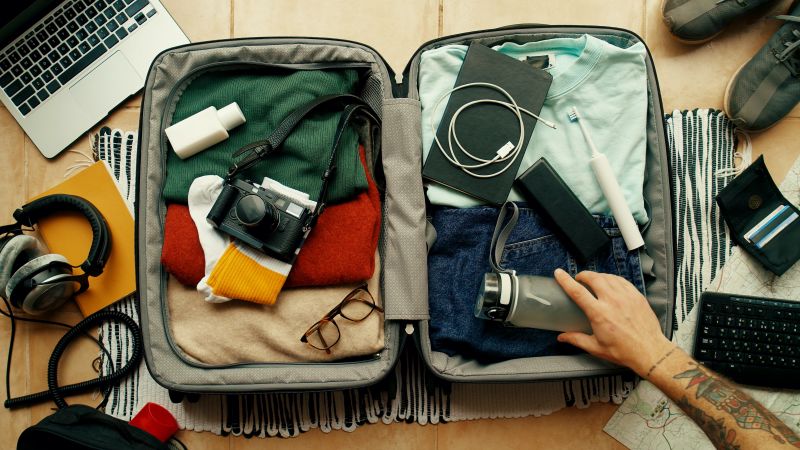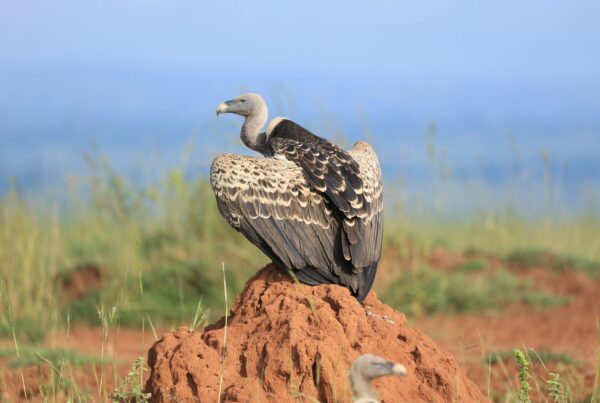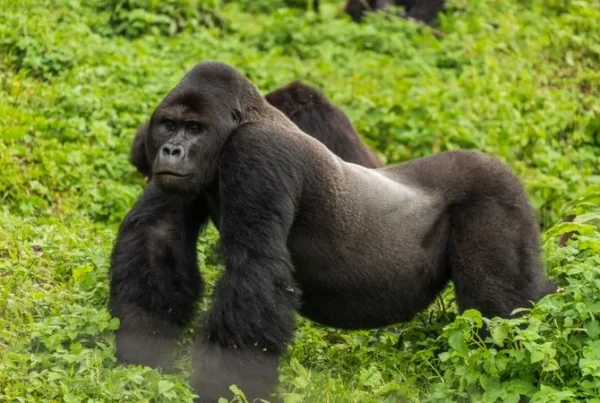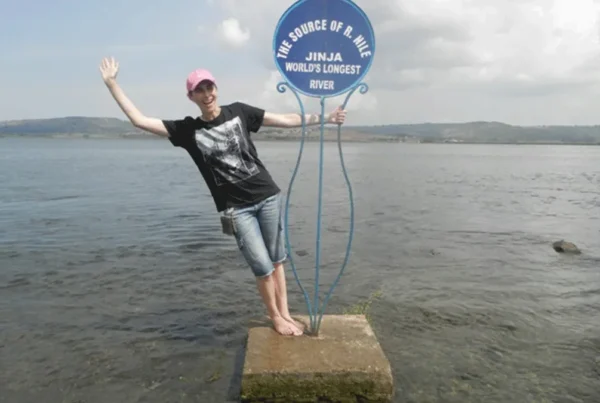Weekend Itinerary: Ziwa Rhino Sanctuary Packing List for Long-Stay Travelers
A Gateway to Uganda’s Conservation Heartland
Nestled in the vast savannah plains of central Uganda, Ziwa Rhino Sanctuary is more than a tourist destination; it is a powerful symbol of conservation and renewal. Established to reintroduce and protect the white rhinoceros after its disappearance from Uganda in the 1980s, the sanctuary has grown into a living success story. It is here that long-stay travelers can immerse themselves in an authentic wildlife experience while also contributing to the preservation of a critically endangered species.
A weekend itinerary at Ziwa Rhino Sanctuary is not a simple escape from urban life; it is an opportunity to merge leisure with learning, and adventure with responsibility. To make the most of this journey, travelers—especially those planning extended stays—need to prepare thoroughly. The sanctuary’s environment demands both comfort and adaptability, and a carefully curated packing list becomes essential. It ensures that time spent on the ground is less about what was forgotten and more about fully embracing the rare encounters and natural wonders that await.
Understanding the Sanctuary Experience
The Ziwa Rhino Sanctuary, located about 180 kilometers north of Kampala along the route to Murchison Falls National Park, covers an expanse of over 70 square kilometers. Its semi-wild conditions provide rhinos with space to roam freely, while visitors can track them on guided walks. Beyond rhinos, the sanctuary is home to more than 300 bird species, antelopes, bushbucks, hippos, and a rich diversity of flora.
A weekend itinerary typically involves arriving on a Friday evening, settling into the sanctuary’s lodge or guest accommodations, and beginning activities the following morning. Rhino tracking is the highlight, but bird watching, canoe rides through the Lugogo Wetland, and nature walks add depth to the experience. By Sunday evening, travelers depart not only with photographs but with a deeper understanding of Uganda’s ongoing conservation efforts.
For long-stay visitors, the sanctuary becomes more than a quick getaway. It transforms into a base for relaxation, exploration, and even volunteer opportunities. Days are unhurried, yet rich with activities that require both physical readiness and mental curiosity. With this backdrop in mind, preparing the right packing list ensures that extended weekends unfold with ease.
The Importance of Proper Preparation
Traveling into a semi-wild environment demands foresight. Ziwa is located in a region where weather patterns, terrain, and wildlife activity shape daily routines. A packing list for long-stay travelers should not only cover essentials for comfort but should also align with principles of safety and respect for nature. Unlike short visits where improvisation is easier, extended stays make preparation indispensable.
Packing the right gear is not merely about convenience. It is about ensuring that wildlife encounters are conducted respectfully, that weather changes do not disrupt itineraries, and that physical health remains safeguarded throughout. Proper preparation also reduces unnecessary reliance on local resources, allowing the sanctuary to remain focused on conservation rather than visitor resupply.
Clothing for Comfort and Protection
Ziwa’s climate is tropical, marked by warm days, cooler nights, and occasional rains. Clothing, therefore, must balance comfort with protection. Lightweight but sturdy trousers and long-sleeved shirts are advisable for tracking activities. They shield travelers from thorny vegetation, insects, and the sun’s intensity. Neutral colors are preferred, as they blend better with the environment and avoid startling wildlife.
Evenings at the sanctuary tend to cool down, making light sweaters or jackets useful for night gatherings around the lodge or outdoor dinners. Comfortable walking shoes are essential for rhino tracking and forest walks. For extended stays, additional pairs help ensure dryness and hygiene, especially after wet-weather activities. Hats, sunglasses, and breathable fabrics complete the attire that sustains both practicality and ease.
Essentials for Wildlife Encounters
At the core of a weekend itinerary in Ziwa lies the anticipation of meeting rhinos in their natural environment. For such moments, binoculars and cameras become vital tools. A camera with a good zoom lens allows travelers to capture the imposing grace of rhinos without needing to encroach upon their comfort zone. Children and novice photographers can be encouraged to carry simpler devices, turning the experience into an inclusive family activity.
Bug repellent is a necessity, given the sanctuary’s wetland zones and the presence of mosquitoes. Sunscreen ensures protection from the equatorial sun, particularly during midday walks. Reusable water bottles help maintain hydration while reducing plastic waste, aligning with conservation practices promoted within the sanctuary. A small backpack to carry these essentials during daily activities keeps travelers organized and mobile.
Health and Personal Care Items
Long-stay travelers benefit greatly from careful attention to health. A personal first-aid kit with basic supplies—bandages, antiseptic wipes, and pain relief medication—ensures immediate responses to minor injuries or discomfort. Prescription medications should always be carried in sufficient supply, as access to pharmacies near the sanctuary is limited.
Hygiene items, including biodegradable soap, hand sanitizer, and wet wipes, are indispensable. Extended stays mean regular exposure to outdoor activities where quick refreshment options are not always available. For travelers planning to stay multiple weekends or to combine Ziwa with nearby destinations such as Murchison Falls, maintaining consistency in personal care sustains comfort throughout the journey.
Navigating Weather and Terrain
The unpredictability of tropical weather demands foresight. Compact raincoats or ponchos are invaluable, especially during tracking sessions when showers may arrive unannounced. Waterproof covers for backpacks and cameras protect equipment from sudden downpours.
The terrain, while generally accessible, includes grasslands, wetlands, and occasional bushy sections. Long-stay travelers who anticipate exploring all corners of the sanctuary benefit from durable walking gear and protective socks. A torch or headlamp is highly recommended for evening use, as sanctuary lodges often prioritize eco-friendly lighting that may not fully illuminate outdoor paths.
Cultural Respect and Community Interaction
Though primarily visited for wildlife, Ziwa is also a place of cultural exchange. Local guides, rangers, and community members are integral to the sanctuary’s success. Packing modest clothing for interactions beyond tracking activities reflects respect for local traditions. Carrying a notebook or journal enriches the experience, allowing travelers to record not only wildlife sightings but also stories and insights shared by guides.
Small tokens of appreciation, such as environmentally friendly gifts or educational materials, can be meaningful for communities near the sanctuary, though they should always be offered with sensitivity and respect for established practices.
Sustaining Long-Stay Travel
Extended weekends at Ziwa are best sustained by balancing exploration with relaxation. Books, travel journals, or simple games can make evenings restful after long tracking days. Charging equipment, power banks, and adaptors should be part of the packing list to ensure cameras and phones remain ready. While connectivity is limited in some areas, this digital pause often becomes an advantage, encouraging deeper immersion into the natural surroundings.
Reusable essentials—such as refillable bottles, eco-friendly bags, and solar lamps—contribute to sustainable living during the stay. Travelers who prepare with such items not only ease their own experience but also support the sanctuary’s mission of promoting environmental responsibility.
The Weekend Itinerary in Practice
A typical weekend begins on Friday with arrival and settling into the lodge. Saturday unfolds with rhino tracking in the morning, birding or wetland canoe rides in the afternoon, and a relaxed evening around the sanctuary grounds. Sunday often includes a guided nature walk, moments of photography, and reflection before departure.
For long-stay travelers, this itinerary expands over successive weekends. Each return visit unveils new wildlife behavior, seasonal changes, and evolving personal experiences. With the right preparation, every day at Ziwa becomes not just a routine but a fresh chapter in a continuing journey of discovery and conservation.
Prepare, Experience, and Preserve
The Ziwa Rhino Sanctuary is more than a stopover; it is a sanctuary where conservation triumphs and travelers become active witnesses to the return of Uganda’s rhinos. A well-prepared packing list ensures that long-stay weekends are not hindered by oversight but are instead enriched by readiness, comfort, and respect for both wildlife and community.
For those inspired to craft their own itineraries across Uganda and the wider African landscape, it is highly recommended to book with WildHorn Africa. With their expertise in guided tours and safaris, every journey is curated to balance adventure with responsibility, ensuring that travelers leave with both memories and a deeper commitment to the natural world.





 WildHorn Africa – Authentic and unforgettable tours across Africa, guided by local experts who know the land, wildlife, and culture best.
WildHorn Africa – Authentic and unforgettable tours across Africa, guided by local experts who know the land, wildlife, and culture best.


